World is the planet Earth. Earth is just one of countless heavenly bodies in the universe. But it is the only one known to support life. The world is the home of human beings and other living things.
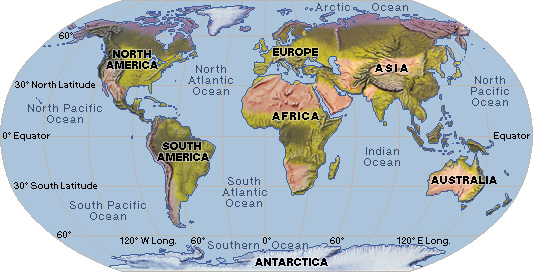
People have always adapted to their environment. They have also modified their environment. Some human beings live with low levels of technology. They hunt wild animals and gather native plant products for food. They make clothing from hides or furs. They build shelters with branches and other natural materials. Others cultivate plants and animals for food. People who farm usually settle in one place. They produce enough food to feed many others. Agriculture thus supports the emergence of villages, towns, and cities. Occupants of such communities must learn to live together peaceably. The growth of urban centers makes necessary the development of new occupations and forms of government.
Over time, people have achieved advanced levels of technology. They have developed complex forms of social organization. They have built thriving cities. They have created great civilizations. They have also discovered ways to control and modify some forces of nature.
The world’s surface consists of water and land. Air surrounds the surface and extends to outer space. Water—chiefly the great oceans—covers about 71 percent of the world’s surface. All living things must have water to live, just as they must have air. People also use water for irrigation, industry, power, and transportation. In addition, the oceans, lakes, and rivers provide fish and other foods.
The oceans separate huge land masses called continents. Most of the world’s countries lie on the continents. Others are on islands. Each country has its own political and economic systems. However, countries cooperate with one another in many ways. For example, they make trade agreements. They also sign treaties designed to reduce the likelihood of war.
The physical features of a country influence where the people of that country live. People can most easily grow food on plains or in river valleys. There, much of the soil is rich and deep. Mountainous regions generally are not suitable for crop farming. The soil is thin and easily washed away by rainfall. Many of the world’s biggest cities began as trading centers on seacoasts, lakeshores, and riverbanks. Thus, the majority of the world’s people live on plains and in cities that border water. 
About 8 billion people live in the world. They are distributed unevenly over the land. Many areas are heavily populated. Other areas have no people at all. The population is increasing far more rapidly in some countries than in others.
All the world’s people belong to the same species, Homo sapiens. All people have a common ancestry. But many groups of people have lived apart for such a long time that they have developed physical variations.
In the past, scholars used physical variations to classify people into races. The members of one race were thought to resemble one another more than they resembled the members of other races. Today, most anthropologists (scientists who study human beings) reject the idea that human beings can be biologically classified into races. However, people continue to view themselves and others as members of various races. See Races, Human.
Physical differences among people have often been confused with cultural differences, such as differences in language or religion. Physical and cultural differences have been a basis of discrimination and prejudice. At times, these differences have served as an excuse for slavery, violence, and war.
Nations of the world
The world has 196 independent countries and about 50 dependencies. An independent country controls its own affairs. Dependencies are controlled in some way by independent countries. In most cases, an independent country is responsible for the dependency’s foreign relations and defense. The independent country may also handle some of the dependency’s local affairs. However, many dependencies control their own local affairs. Almost all of the world’s people live in independent countries. Only about 13.6 million people live in dependencies.
The world’s largest nation in area is Russia. It covers 6,601,670 square miles (17,098,246 square kilometers). The next four largest nations—Canada, China, the United States, and Brazil—each cover more than 3 million square miles (8 million square kilometers). The five smallest independent countries in the world, in descending order, are San Marino, Tuvalu, Nauru, Monaco, and Vatican City. Each of these countries covers less than 25 square miles (65 square kilometers). Vatican City has an area of only 1/6 square mile (0.4 square kilometer).
Throughout history, the political map of the world has changed repeatedly. The most important changes have resulted from major wars. During ancient times, such military leaders as Alexander the Great and Julius Caesar conquered many groups of people and established vast empires. Empires rose and fell later in history. Boundaries changed again and again.
Beginning about 1500, many European nations established colonies in North America, South America, Asia, Africa, and Australia. Most national boundaries established by the ruling countries remained after the colonies gained their independence.
World War I (1914-1918) and World War II (1939-1945) resulted in many changes on the world map. World War I led to the formation of a number of new nations in Europe. They included Austria, Czechoslovakia, Hungary, and Yugoslavia. After World War II, several nations gained or lost territory. In addition, many new nations were established in Asia. In Africa, an independence movement swept the continent. More than 45 African colonies gained their independence in the middle and late 1900’s. In 1991, the Soviet Union broke apart into Russia and 14 other independent nations.
How nations are grouped.
The nations of the world may be grouped in various ways. They may be grouped by region, such as the Middle East and Central America. People often call the countries of the Eastern Hemisphere the Old World. They call those of the Western Hemisphere the New World. In addition, countries are often identified by continent, such as African or Asian.
Economists generally divide the nations of the world into two groups—developed countries and less developed countries. Developed countries have a wide variety of industries. They are wealthier than less developed countries. Less developed countries have few industries and have long depended on agriculture. Most of them are poor.
Developed nations include Australia, Canada, Japan, the United States, and most countries in western Europe. The majority of less developed countries are in Africa and Asia. Most industrial nations lie in the Northern Hemisphere.
Forms of government.
Nearly all governments claim to be democracies. However, governments differ in how closely they fulfill the democratic ideal. In a democracy, the people elect representatives who make laws. The elected officials govern the people according to those laws. Any qualified individual from among the people may run for office. The people’s representatives may remove officials who behave improperly. Nations and governments can be classified as more or less democratic, depending on the extent to which the people take part in government.
Democratic nations may be republics or constitutional monarchies. For example, the United States is a republic. The president serves as head of state and head of government. The United Kingdom is a constitutional monarchy. A king or queen serves as head of state. A prime minister serves as head of government. Other countries with democratic governments include Australia, Canada, Japan, New Zealand, and most countries of Europe. Many of the less developed countries of Africa, Asia, and Latin America also have democratic governments. 
Many countries that claim to be democracies actually have an authoritarian government. In such countries, few people have power. Most citizens play a limited role in making decisions. Authoritarian governments may rule by persuasion, force, or both. Communist Party organizations control authoritarian governments in China and a few other nations. Dictators supported by the army rule other countries. Saudi Arabia and several other Middle Eastern monarchies have authoritarian governments.
Economic systems.
Every country has an economic system to determine how to use its resources. The three main economic systems today are capitalism, Communism, and mixed economies.
Capitalism
is based on free enterprise. Free enterprise means that most of the resources needed for production are privately owned. Individuals and private firms determine what to produce and sell, and how to use their income. Capitalist economic systems exist in Australia, Canada, New Zealand, the United States, and many countries of Europe. The role of capitalism is expanding in many less developed countries as well. 
Communism
traditionally has been based on government ownership of most productive resources. The government also plays a large role in deciding what goods to produce and how to distribute income. Communism was once the main economic system in the Soviet Union and many nations of Eastern Europe. However, these nations began to decrease government control over their economies in the late 1980’s and early 1990’s. Today, only a few countries run their economies on Communist principles. Even China and other countries that are often thought of as Communist have loosened government control over economic activities. 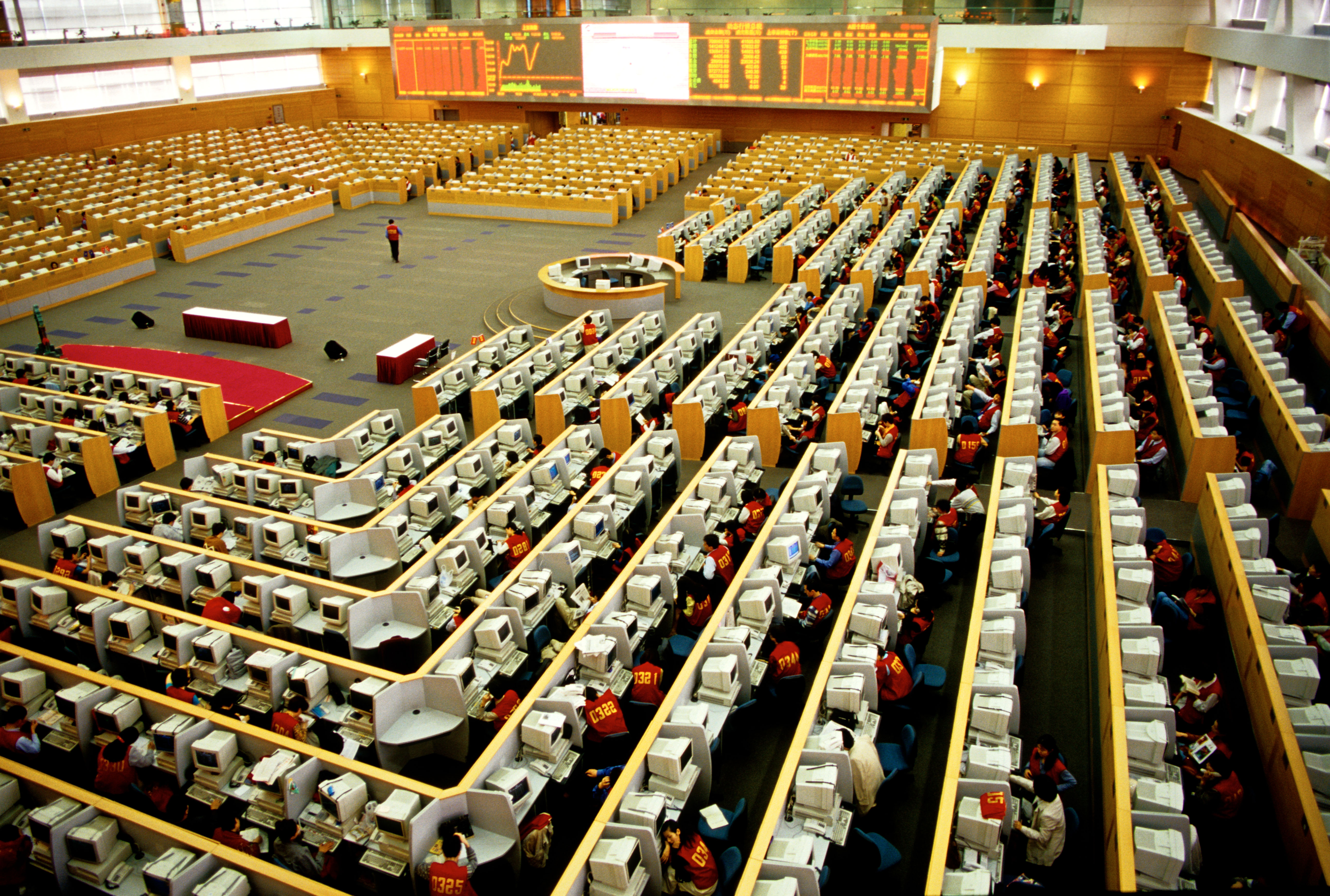
Mixed economies
combine both private control and government control. Under a mixed economy, the government may own such industries as banks, railroads, and steel. However, other industries are privately owned. The government does some economic planning. But it also allows much private choice. Denmark, Norway, Sweden, and some less developed countries have mixed economies.
Cooperation among nations.
Every nation depends on other nations in some ways. The interdependence of the entire world and its peoples is called globalism. Nations trade with one another to earn money and to obtain manufactured goods or the natural resources that they lack. Nations with similar interests and political beliefs may pledge to support one another in case of war. Developed countries may provide less developed nations with financial aid and technical assistance. Such aid strengthens trade as well as defense ties. 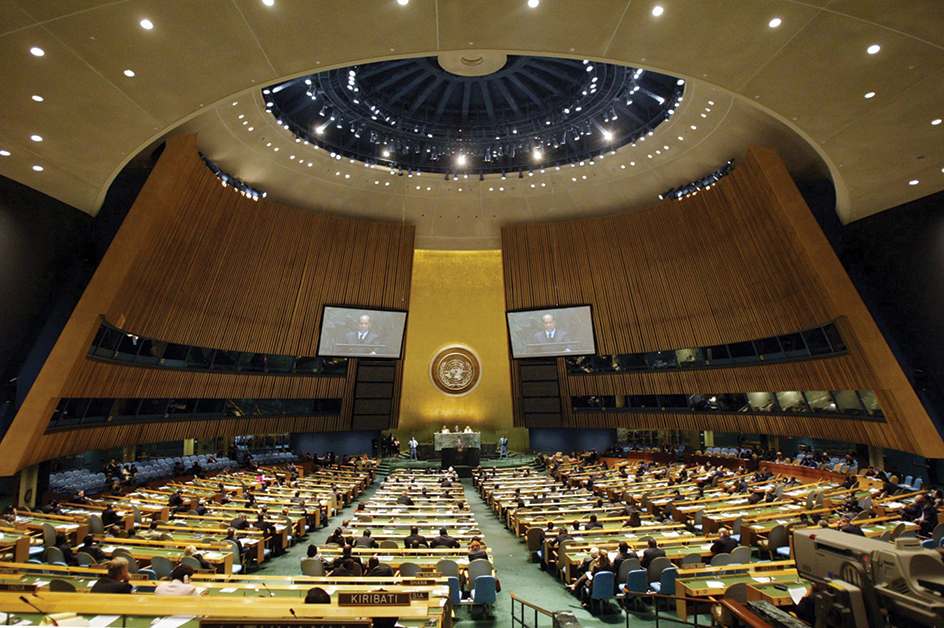
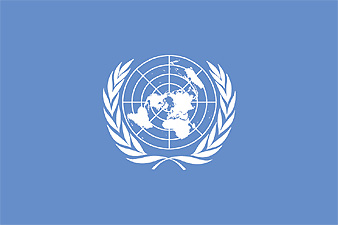
Several international organizations promote cooperation among countries. The United Nations (UN) is the largest such organization. Nearly all independent countries are UN members. The UN works mainly to settle disputes among nations and to promote world peace. It also has programs to aid needy people and to improve health and education, particularly in less developed countries.
Many international organizations and agreements are designed to encourage economic progress among member nations. These groups and pacts include the European Union, the United States-Mexico-Canada Agreement, and the Southern Common Market (Mercosur). They stimulate trade among member nations by eliminating tariffs and other trade barriers.
People of the world
Population.
By the early 2020’s, the world’s population reached about 8 billion. The yearly rate of population growth is about 1.1 percent. At that rate, the world’s population would double in about 70 years.
If all the world’s people were distributed evenly over the land, about 136 people would live on every square mile of land (52 on every square kilometer). However, the world’s people are not distributed evenly. Instead, the population density (average number of people in a specific area) varies greatly. Some regions, including Antarctica and certain desert areas, have no permanent settlers at all. The populations of many urban areas continue to grow rapidly. 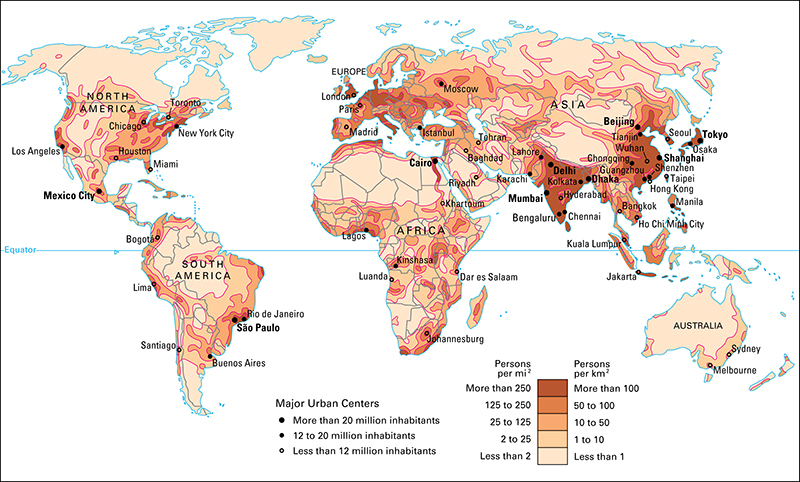
The most densely populated regions of the world are in Europe and in southern and eastern Asia. North America has heavy concentrations of people in the northeastern and central regions and along the Pacific coast. Africa, Australia, and South America have densely populated areas near the coasts. The interiors of those continents are thinly settled.
Just as the population density varies from one part of the world to another, so does the rate of population growth. Less developed countries have higher average rates of increase than developed nations. Africa has a population growth rate of 2.5 percent yearly, the highest of all continents. Asia, Australia, and South America each have about a 1 percent rate of increase. North America’s rate of increase is 0.7 percent. Europe’s population is decreasing slightly.
The world’s largest countries in terms of population are India—which is the largest—and China. Each has about 1 1/2 billion people. The United States ranks as third largest, followed in descending order by Indonesia, Pakistan, Nigeria, and Brazil. About half the world’s people live in these seven nations. Vatican City has the smallest population of any of the world’s nations. It has only about 1,000 people. 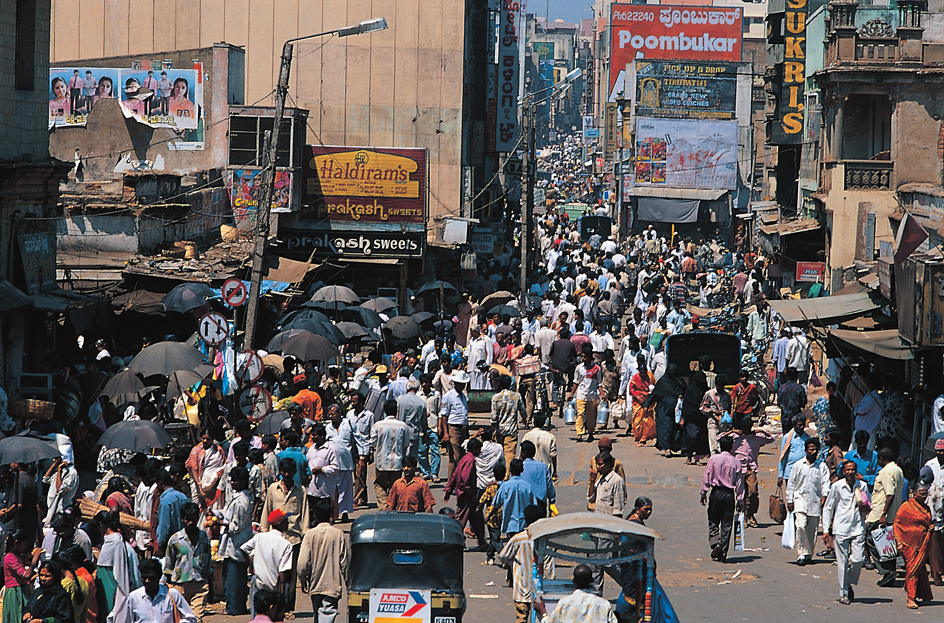
The growth and change of the world’s population throughout history are described in the article Population. See also the articles on individual countries, states, and provinces for population details.
Languages.
There are around 7,000 spoken languages in the world. But only about 10 of these are spoken by more than 100 million people. More people speak Chinese than any other language. Arabic, Bengali, English, Hindi, Portuguese, Russian, and Spanish are among the other most-spoken languages.
Beginning in the late 1400’s, Portugal and Spain established colonies in various parts of the world. England and France soon followed. For this reason, Portuguese, Spanish, English, and French are now spoken in many nations. Portuguese became the main language of Angola, Brazil, and Mozambique. Spanish became the chief language throughout most countries of Latin America. English became the chief language in Australia, New Zealand, and the United States. It is also one of the main languages in Canada, India, and South Africa.
French, like English, is an important language of Canada. Most people in the province of Quebec speak French. French is also widely spoken in Algeria; Chad; Morocco; Senegal and some other countries in western Africa; and Vietnam.
For information about the development of the world’s languages, see Language. See also the articles on individual countries for the most widely used languages in those nations.
Religions.
The peoples of the world practice thousands of religions. Christianity has about 2 1/2 billion members, more than any other religion. Islam has about 2 billion members. Hinduism has about 1 billion. Other major religions or belief systems of the world include the Baha’i Faith, Buddhism, Confucianism, Jainism, Judaism, Shinto, Sikhism, and Taoism.
Christianity originated in the Middle East. Today, Christianity is the major religion in Australia, Europe, and North America and South America. Islam also began in the Middle East. It is now the chief religion throughout most of that area. It is also the major faith in Afghanistan, northern Africa, Bangladesh, Indonesia, Malaysia, Pakistan, and some southwest Asian countries. Hinduism, Jainism, and Sikhism have most of their followers in India, where the religions originated. Buddhism also developed in India. It is the major religion of Sri Lanka and the mainland of southeastern Asia. Buddhism also has many followers in such countries as Japan and South Korea. Shinto is the native religion of Japan. The Baha’i Faith originated in what is now Iraq. 
Confucianism and Taoism are native religions of China. The Communist government of China tolerates the practice of religion, with certain restrictions. Chinese people living in Taiwan also practice Confucianism and Taoism. Judaism originated in the Middle East. Today, the largest number of Jews live in Canada, France, Israel, and the United States. Thousands of local traditional religions are practiced by ethnic groups in Africa, Asia, Australia, North America, South America, and the Pacific Islands.
For a description of the major religions, see Religion and the separate articles on the various faiths. See also the Religion section of the country and continent articles.
Problems among the world’s people.
Through the years, human beings have made great progress in providing for their basic needs. Modern methods of producing food, clothing, and shelter have helped many people live more comfortably. Education has become available to more people. Scientists have discovered cures for many diseases.
But serious problems still face the world’s people. Millions of people in less developed countries lack adequate food, clothing, shelter, medical care, and education. Many people in developed countries, especially in large cities, suffer from poverty, unemployment, and discrimination. Numerous nations face the problem of environmental pollution. In addition, ethnic, political, and religious differences continue to lead to conflicts among the peoples of the world. 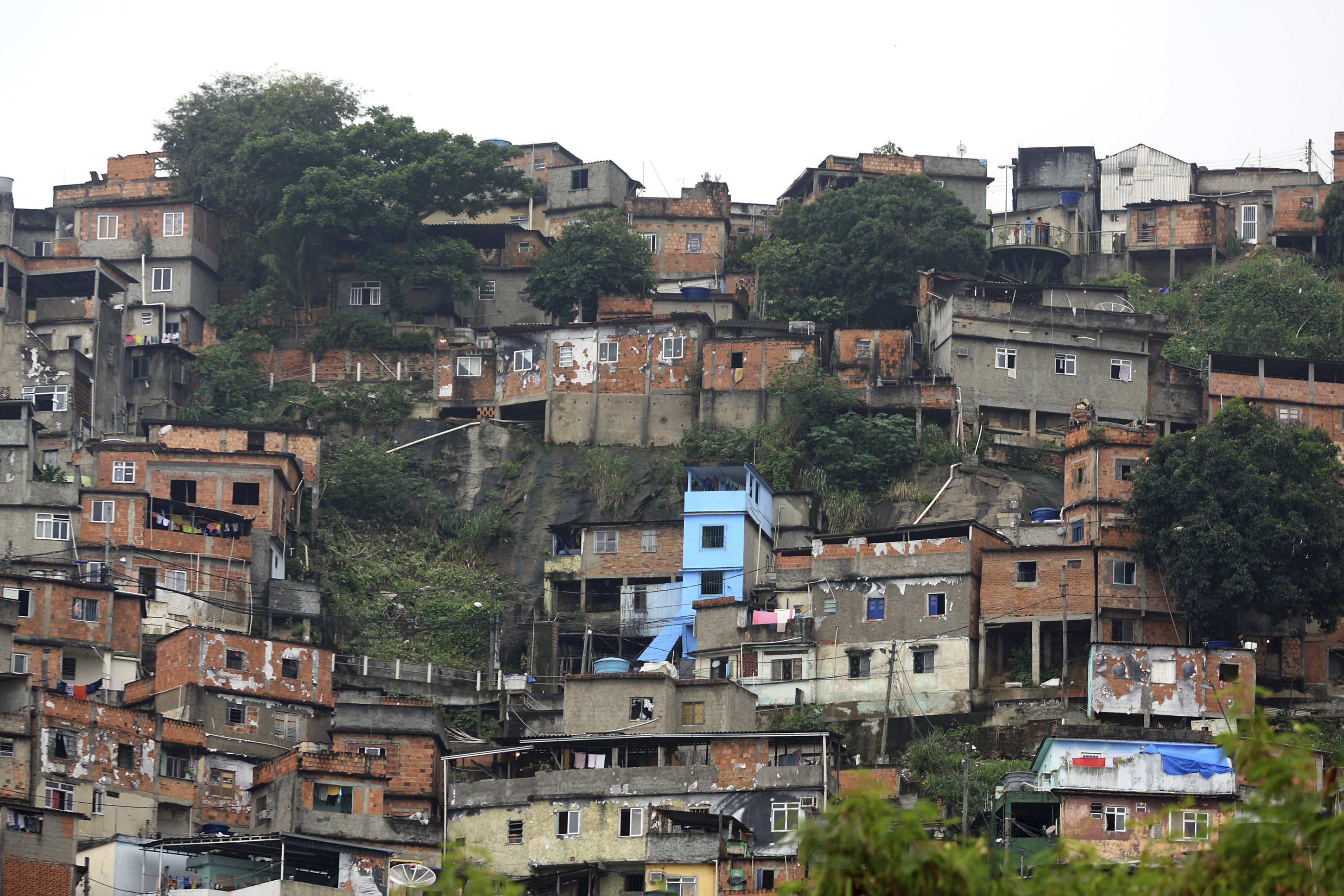
Physical features of the world
The surface area of the world totals about 196,900,000 square miles (510,000,000 square kilometers). Water covers about 139,700,000 square miles (362,000,000 square kilometers), or 71 percent of the world’s surface. Only 29 percent of the world’s surface consists of land. Land covers about 57,200,000 square miles (148,000,000 square kilometers).
The physical geography of a specific region includes the region’s surface features and climate. It also includes the soil, mineral deposits, plant and animal life, and other natural resources. Physical geography thus helps determine a region’s economy and its people’s way of life.
This section describes the two major surface features of the world, water and land.
Water.
Oceans, lakes, and rivers make up most of the water that covers the surface of the world. The water surface consists chiefly of three large oceans—the Pacific, the Atlantic, and the Indian. The Pacific Ocean is the largest. It covers 66 million square miles (171 million square kilometers), or about a third of the world’s surface. The Atlantic Ocean is about half as large as the Pacific. The Indian Ocean is slightly smaller than the Atlantic. These three oceans meet the Southern Ocean at 60° south latitude. In the north, the Atlantic Ocean meets the Arctic Ocean near Greenland. The Pacific Ocean meets the Arctic Ocean in the Bering Strait, between Russia and Alaska.
The world’s largest lake is the Caspian Sea. The Caspian is a body of salt water between Asia and Europe east of the Caucasus Mountains. The Caspian covers about 143,250 square miles (371,000 square kilometers). The world’s largest body of fresh water is the Great Lakes in North America. These five lakes—Erie, Huron, Michigan, Ontario, and Superior—are interconnected, and so they can be referred to as one body of water. Together, they cover 94,230 square miles (244,060 square kilometers).
The longest river in the world is the Nile in Africa. It flows 4,160 miles (6,695 kilometers). The second longest river, the Amazon in South America, has a length of 4,000 miles (6,437 kilometers). Although it is shorter than the Nile, the Amazon carries a much greater volume of water. The Amazon carries about one-fifth of all the water that empties into the world’s oceans. 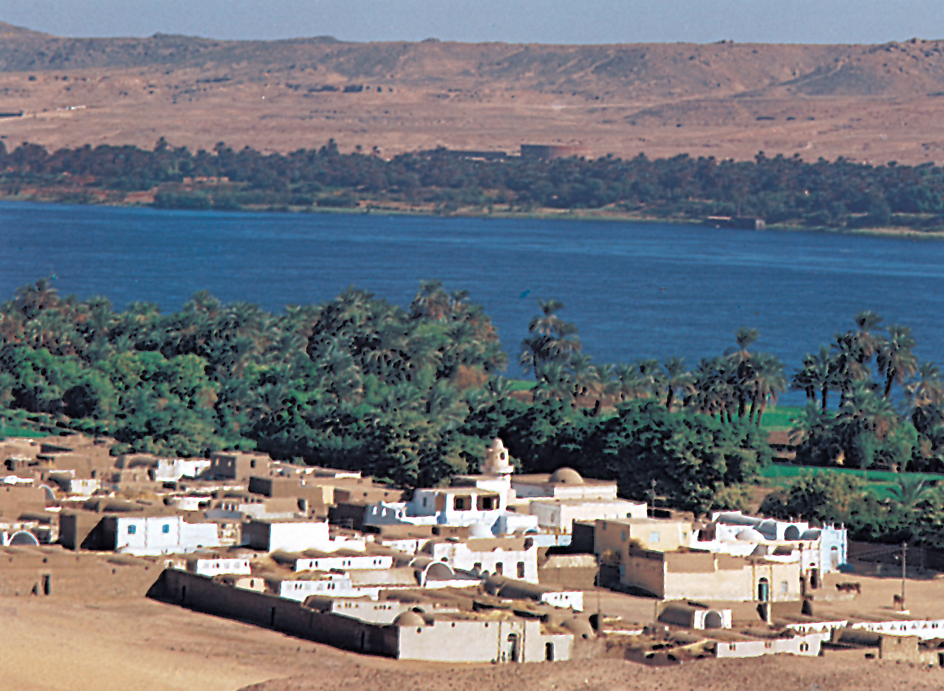
All living things need water to stay alive. People obtain drinking water from rivers, freshwater lakes, and wells. We also require water for our way of life. We use water in our homes for cleaning and cooking. The manufacture of almost all our products requires water. In dry regions, farmers draw water from rivers, lakes, and wells to irrigate crops. Oceans, lakes, and rivers supply us with fish and other foods.
Water is also a source of power. The force of falling water from dams, rivers, and waterfalls can be used to generate hydroelectric power. In such countries as Brazil and Norway, hydroelectric stations supply nearly all the electric power used in industry and homes.
The waters of the world also serve as transportation routes. Every day, thousands of ships cross the oceans, sail along seacoasts, and travel on inland waters. A nation’s location along a seacoast can influence its progress and prosperity. Japan, the United Kingdom, the United States, and some other leading trading nations have long coastlines. Many of the world’s major cities border important water routes.
Land.
The land area of the world consists of seven continents and thousands of islands. Asia is the largest continent. It is followed by Africa, North America, South America, Antarctica, Europe, and Australia. Geographers sometimes refer to Europe and Asia as one continent called Eurasia.
The world’s land surface includes hills, mountains, plains, plateaus, and valleys. Few people live in mountainous areas or on high plateaus. Most such regions are too cold, dry, or rugged for commercial crop farming and other economic activities. But some mountains and high, grassy plateaus serve as grazing lands for cattle, sheep, and other livestock.
Mountainous areas have limitations. Nevertheless, many of the largest cities in regions near the equator, such as parts of Africa, Asia, and Latin America, are in high mountain valleys. Because certain diseases thrive in tropical lowlands, these mountain valleys are healthier for human occupation than tropical lowlands are. For example, malaria and yellow fever are more common in tropical regions with a low altitude than in tropical regions with a high altitude.
The majority of the world’s people live on plains or in hilly regions. Except for some tropical lowlands, most plains and hilly regions have fertile soils. They also have enough water for farming, manufacturing, and trade. Many areas less suitable for farming, particularly mountainous areas, have plentiful mineral resources. Some desert regions, especially in the Middle East, have large deposits of petroleum. 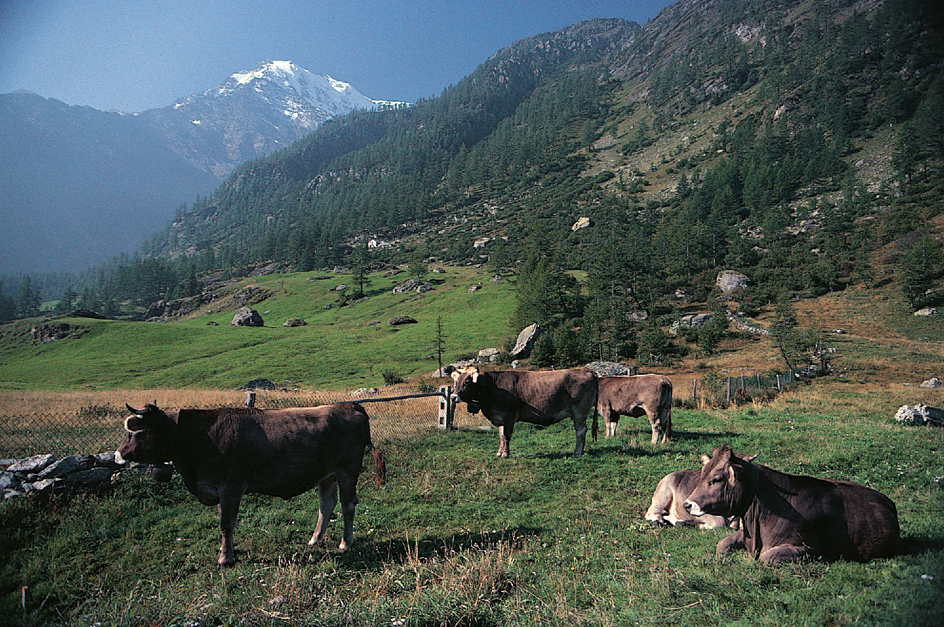
A region’s natural resources influence its economic development. The Pampas, a grassy plain in central Argentina, has excellent pastureland for cattle and rich soil for growing wheat. Beef and wheat make up Argentina’s leading exports. The United Kingdom lacks enough good farmland to support all its people. But large deposits of coal and iron ore helped make the country an industrial power. Such countries as Canada, Russia, and the United States have abundant natural resources. Their resources have helped their economies.
Threats to the environment.
For hundreds of years, people have used the world’s natural resources to make their lives more comfortable. However, these resources are not always used wisely. Many human practices threaten the environment.
Many water supplies have become polluted by sewage, industrial chemicals, and other wastes. The burning of fuel in motor vehicles, factories, and furnaces has caused air pollution. Many forest regions have been stripped of large areas of trees. The loss of trees has resulted in soil erosion and the destruction of plant and animal life. Certain farming practices have polluted the soil. Such practices include the use of chemical fertilizers and pesticides. Many farmers plant the same crop in a field year after year. This practice reduces the soil’s fertility and increases the likelihood that plants will become diseased or infested with insects. 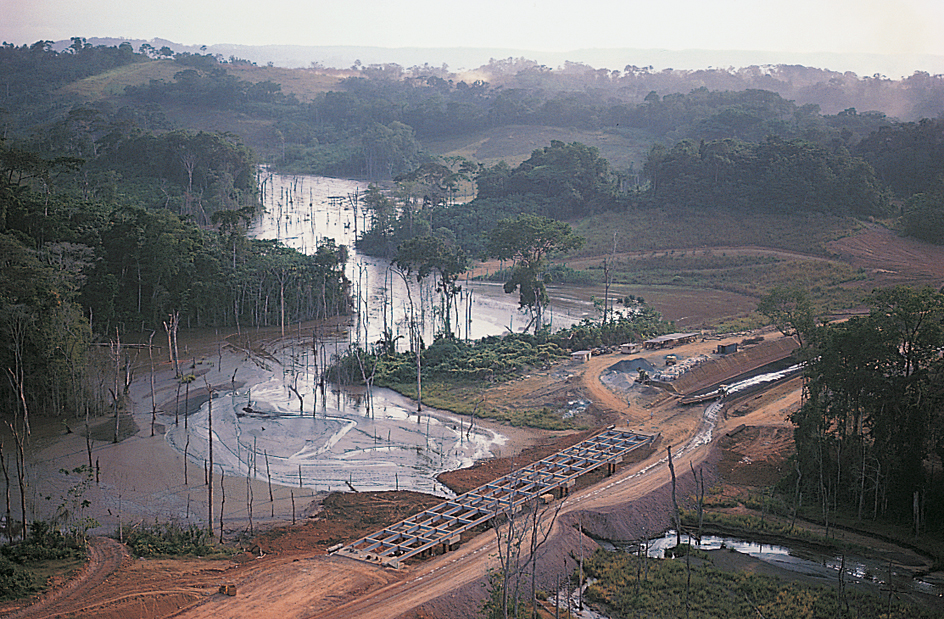
Since the mid-1900’s, people have become aware of the need to protect their natural environment. Local and national governments have passed laws to control the use of natural resources. But it takes many years to renew a water supply, grow a forest, or replace a layer of topsoil. People would need to practice wise resource management over extended periods to repair damage that has already occurred and to prevent future problems.
